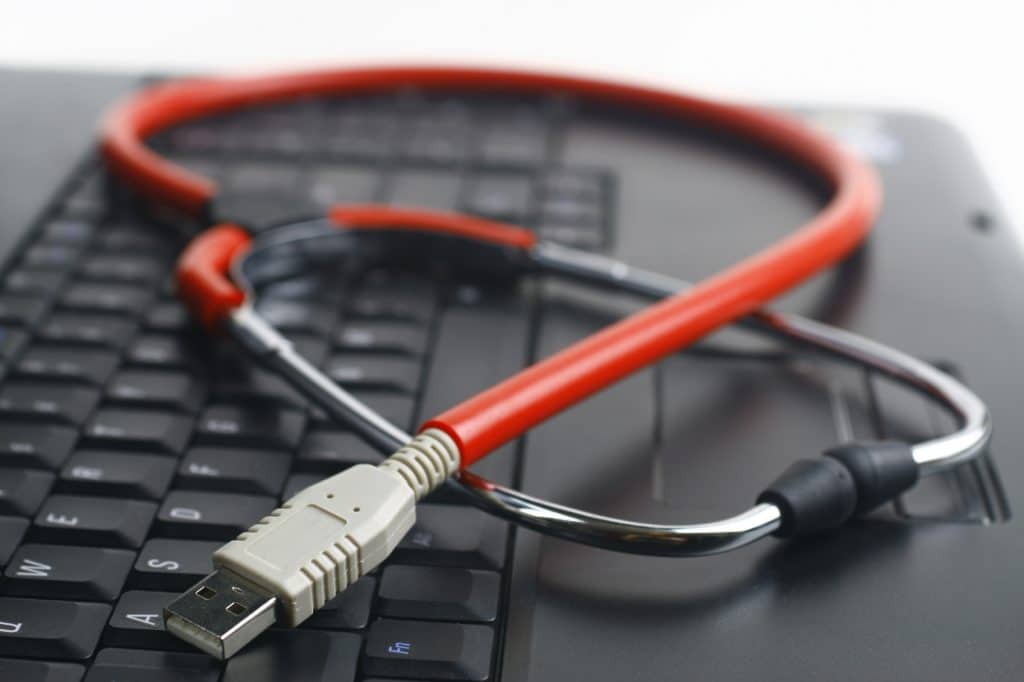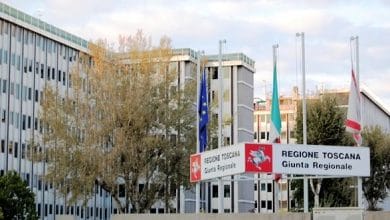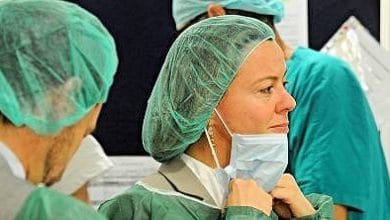
In 2017, investments in the sector rose slightly compared to the previous year (+2%) but the lack of savings for the system linked to the hidden costs of the "non-digital" amounted to over 5 billion euros
by Redazione Aboutpharma online – 8 May 2018
The digitization of Italian health services is struggling to penetrate the habits of citizens, with a lack of savings for the system of more than 5 billion euros a year linked to "hidden costs". The data of the eleventh show it report of the Digital Innovation Observatory in Health of the Milan Polytechnic, presented today in the academic headquarters, which will be given ample feedback in the June issue of the AboutPharma magazine.
Observatory data
 The report shows that in 2017, only two out of ten people used the web and apps to access information and services. In particular: 1) the vast majority prefer to access the medical consultation in person (86%), pay for the services quickly (83%) and collect the reports (80%); 2) only the 15% communicates with the doctor via email, the 13% via sms and the 12% via whatsapp. Candidly, the 60% of citizens admits that they do not resort to technology because they do not consider it reliable. It's a pity because, the analysts explain, if we consider an average of 45 minutes, against 20 for collecting reports from the pharmacy and 5 via the web, "if the 80% collected them online, the 10% from the pharmacy and only the 10% from person, the economic impact would be 1,630 million euros. And there are 1,150 million euros in the impacts linked to online access to information on healthcare services and facilities, 1,430 million for online booking of visits and exams and 980 million for their payment, for a total of over 5 billion euros " .
The report shows that in 2017, only two out of ten people used the web and apps to access information and services. In particular: 1) the vast majority prefer to access the medical consultation in person (86%), pay for the services quickly (83%) and collect the reports (80%); 2) only the 15% communicates with the doctor via email, the 13% via sms and the 12% via whatsapp. Candidly, the 60% of citizens admits that they do not resort to technology because they do not consider it reliable. It's a pity because, the analysts explain, if we consider an average of 45 minutes, against 20 for collecting reports from the pharmacy and 5 via the web, "if the 80% collected them online, the 10% from the pharmacy and only the 10% from person, the economic impact would be 1,630 million euros. And there are 1,150 million euros in the impacts linked to online access to information on healthcare services and facilities, 1,430 million for online booking of visits and exams and 980 million for their payment, for a total of over 5 billion euros " .
Smarter doctors
Things are much better with doctors: 77% of specialists and 83% of family doctors use email, while a respective share of 52% and 63% uses whatsapp to exchange data, images and information Meanwhile, with 1.3 billion euros invested, expenditure in the sector rose slightly (+2% in 2017 compared to 2016). A figure which translates into 1.1% of public health expenditure and 21 euros per inhabitant. This is good news which, however, does not reassure the experts. Mariano Corso, scientific director of the Observatory explains: “There is a strong gap between the resources invested in public health and the growing needs of citizens. This implies a rethinking of the NHS which cannot do without digital innovation. This must be based on three pillars: technological organizational renewal, empowerment of citizens, improvement of the skills of medical-health operators".
Related news: Propaganda Gi Group. Digital Medicine for the growth of Pharma





